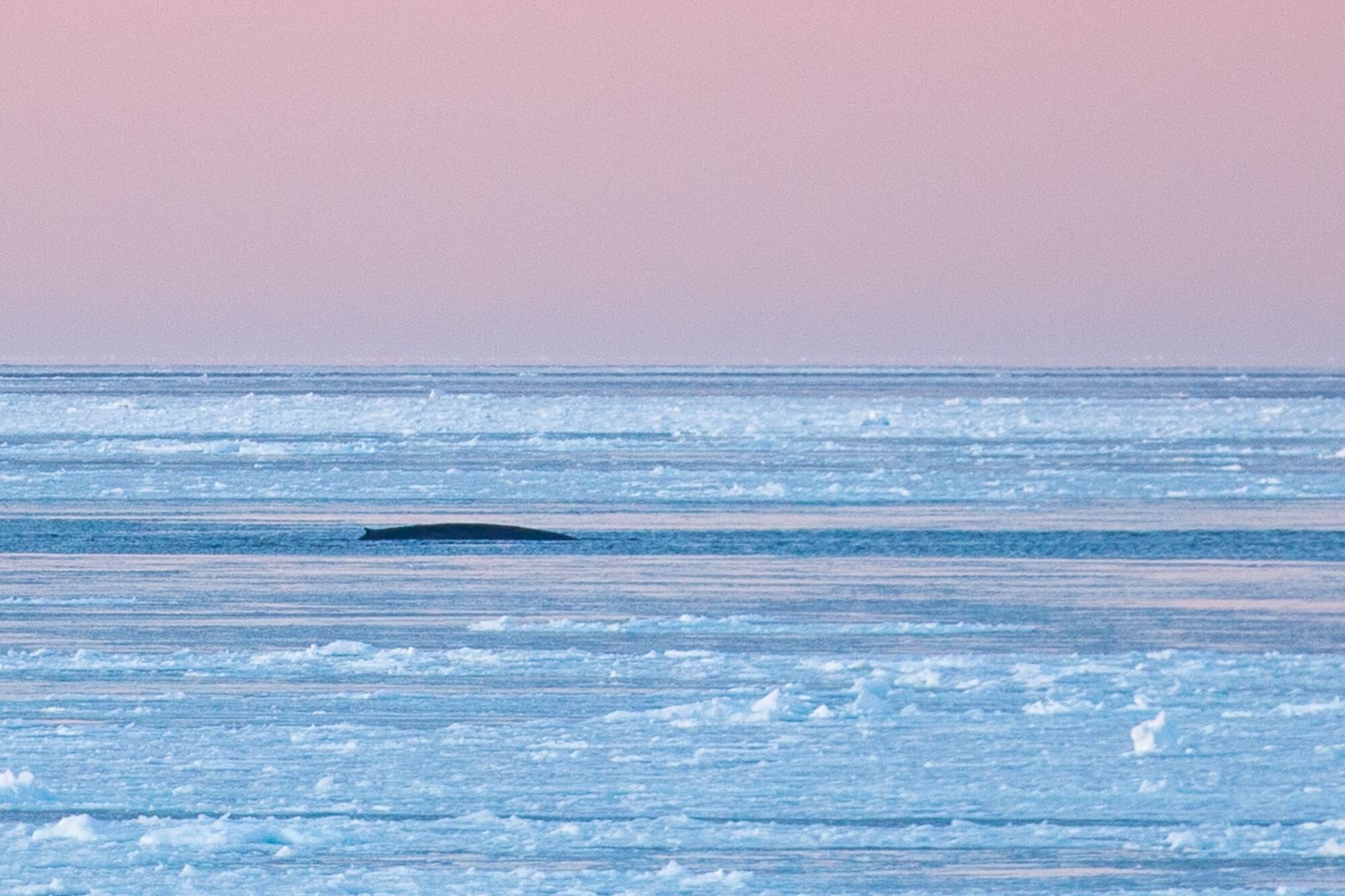The engines of the Canadian Coast Guard icebreaker CCGS Amundsen vibrate beneath the feet of researchers hailing from a dozen or so different scientific and academic institutions. Departing from Québec City on February 28, the crew collected a myriad of data to refine its knowledge of how the St. Lawrence ecosystem functions in winter. This third mission will allow the sixty or so scientists to collect sediment, plankton, ice and water samples at different depths.
The engines of the Canadian Coast Guard icebreaker CCGS Amundsen vibrate beneath the feet of researchers hailing from a dozen or so different scientific and academic institutions. Departing from Québec City on February 28, the crew collected a myriad of data to refine its knowledge of how the St. Lawrence ecosystem functions in winter. This third mission will allow the sixty or so scientists to collect sediment, plankton, ice and water samples at different depths.
March 7: off the coast of the Gaspé Peninsula village of Marsoui, the sky begins to turn pink. A photographer documenting the mission spots the back of a whale navigating between the fragmented ice in the distance. He grabs his camera and captures the moment. When he submits two photos to the Whales Online team, he discovers a second back that had initially escaped his notice. Without even realizing it, he photographed two blue whales!
One of the two individuals photographed is significantly smaller than the other. Is it a mother-calf pair? Little is known about reproduction in blue whales. Research suggests that calving occurs in late fall or winter, ten to twelve months after conception. Nursing can last up to seven months.
The crew aboard the CCGS Amundsen also encountered another cetacean, this time on March 2 in Baie de Mille-Vaches, between the towns of Les Escoumins and Portneuf-sur-Mer. While the crew was about to deploy equipment for sediment collection, a beluga approached the boat. In accordance with the Saguenay-St. Lawrence Marine Park research permit, the crew waited for the beluga to leave on its own before proceeding with its sampling.
Elsewhere in the St. Lawrence, it is mainly seals that are being spotted. On March 7, exactly 52 are tallied by a birder in Gaspé Bay. Through her spotting scope, she admires them while they rest. In the vicinity of Tadoussac, lone seals are observed on a few occasions.






